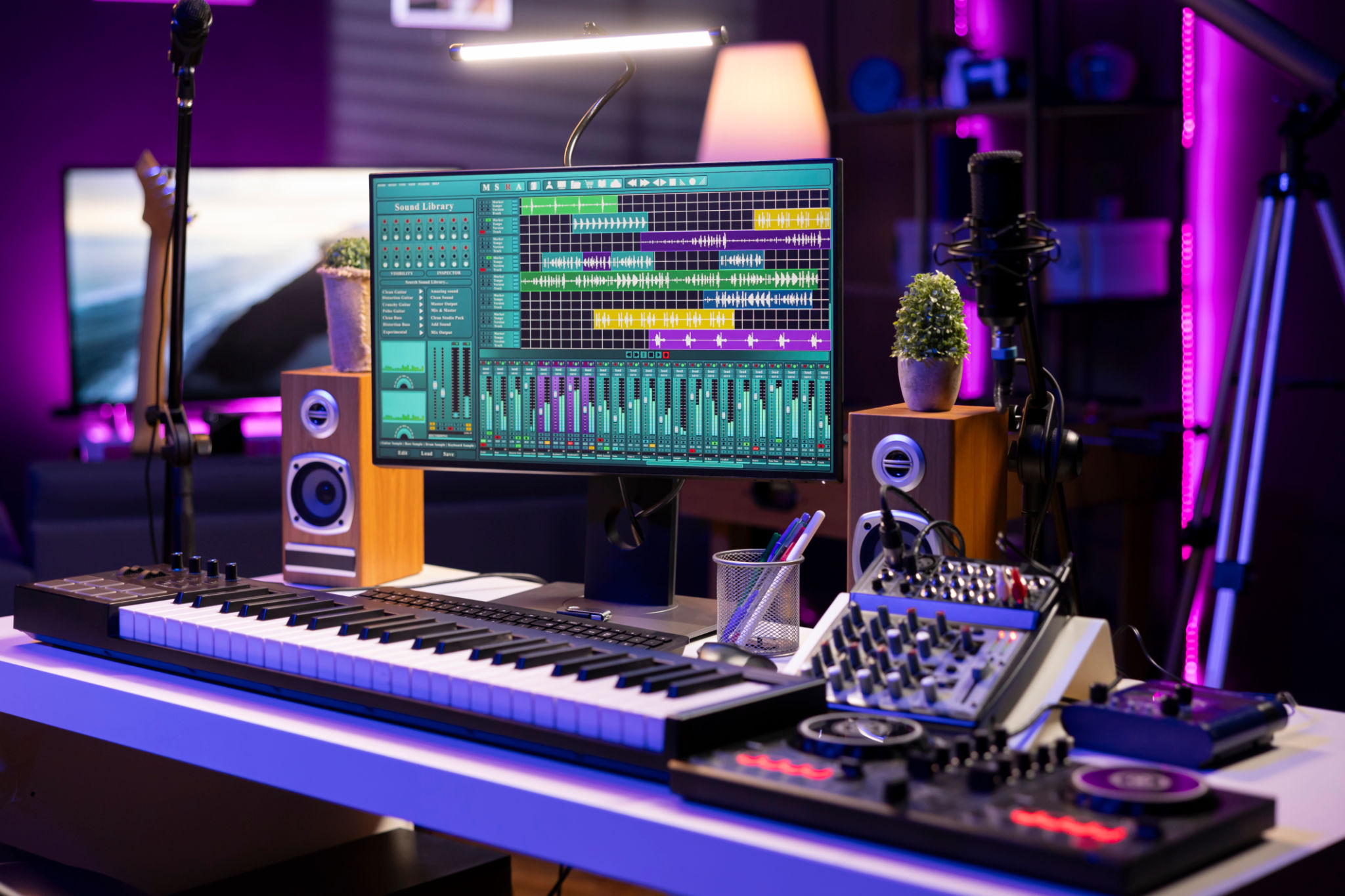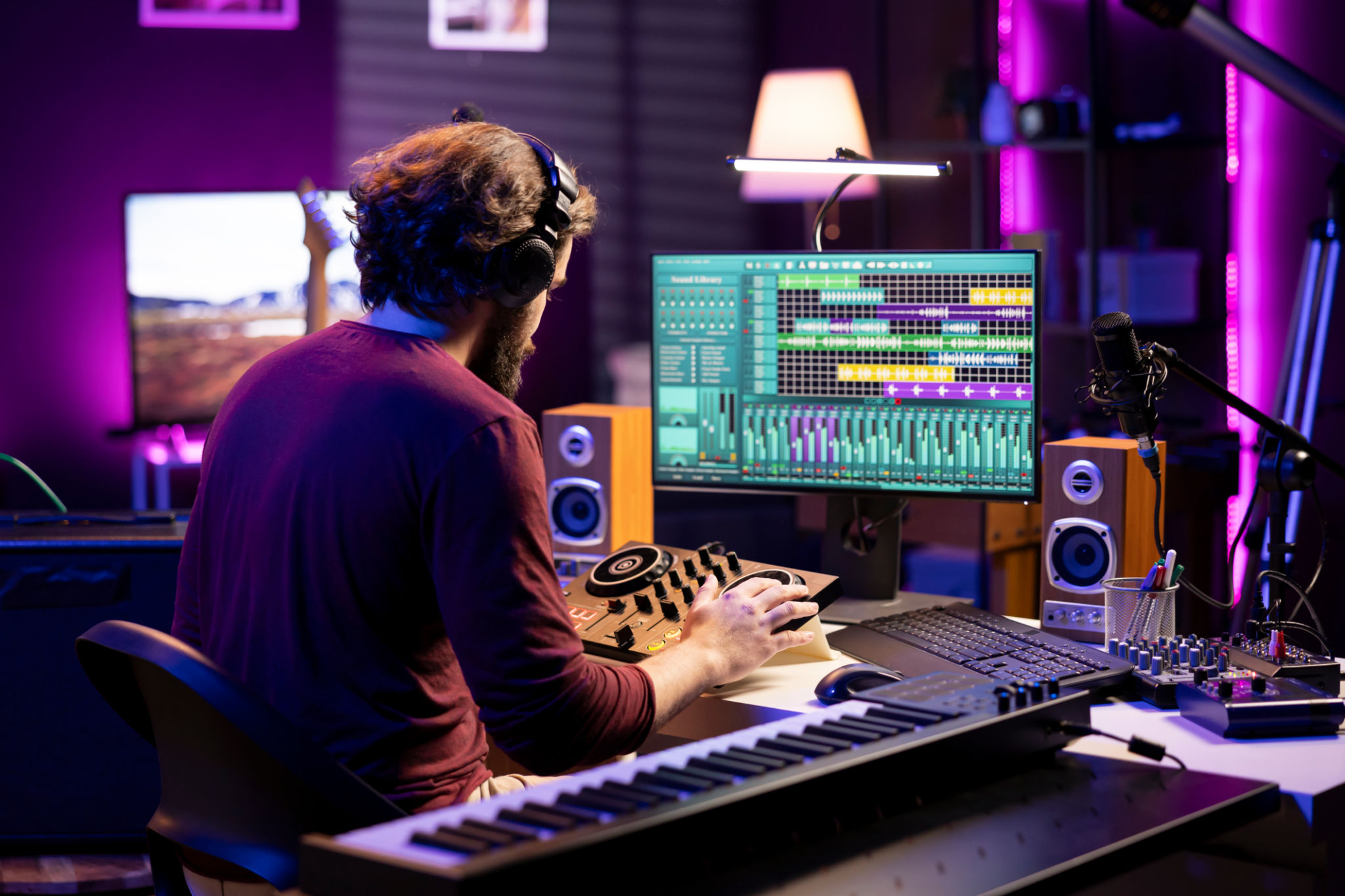From Demo to Distribution: The Music Production Process Explained
Understanding the Music Production Process
The journey from a simple demo to a fully distributed track is a fascinating adventure filled with creativity and precision. Understanding each step in the music production process can help aspiring musicians and producers navigate this intricate path. This guide will walk you through the essential stages of bringing a musical idea to life.

Step 1: Creating the Demo
Everything starts with an idea. The demo is the initial recording of a song, capturing the raw essence of the music. At this stage, artists focus on melody, lyrics, and the basic structure of the track. The primary goal is to convey the song's potential, even if it’s using minimal instrumentation or simple vocal lines.
With advances in technology, artists can now create high-quality demos using digital audio workstations (DAWs) and home studio setups. This accessibility allows for greater experimentation and creativity at the very beginning of the music production process.
Step 2: Recording
Once the demo is polished enough to reveal the song's potential, the next step is recording. This involves capturing individual tracks for each instrument and vocal part. Professional studios provide an ideal environment for this phase, offering superior acoustics and high-end equipment that enhance sound quality.
Producers play a crucial role during recording, guiding artists to achieve their best performances and ensuring that each element of the track is captured effectively. It's in the studio where the vision begins to take a more tangible form.

Step 3: Editing and Mixing
After recording, it's time to refine the tracks through editing and mixing. Editing involves cleaning up any mistakes, aligning beats, and ensuring that all elements fit together seamlessly. This stage may also include adding effects or additional layers to enrich the sound.
Mixing is both an art and a science. The goal is to balance all elements of the song so they complement each other harmoniously. This requires adjusting levels, panning sounds across stereo channels, and applying effects like reverb or compression to enhance the overall sonic quality.
Step 4: Mastering
Mastering is the final touch in the music production process. A mastering engineer ensures that the track sounds its best across all playback systems. This involves fine-tuning equalization, dynamics, and stereo enhancement. Mastering also ensures consistency across an entire album or playlist.

Step 5: Distribution
With a mastered track ready to go, it's time for distribution. In today’s digital age, artists have numerous options for releasing their music, from streaming platforms like Spotify and Apple Music to traditional physical formats like CDs and vinyl.
Distribution can be managed independently or through a label, depending on an artist's goals and resources. The key is to ensure that the music reaches its intended audience effectively, maximizing its potential impact.
Conclusion: Bringing Music to Life
The journey from demo to distribution requires dedication, skill, and an understanding of each step in the process. By mastering these stages, artists and producers can bring their musical visions to life with clarity and precision, reaching listeners around the world with their unique sound.
As technology continues to evolve, the music production landscape offers ever-expanding opportunities for creativity and innovation. Embracing these tools can transform a simple idea into a finished masterpiece.

